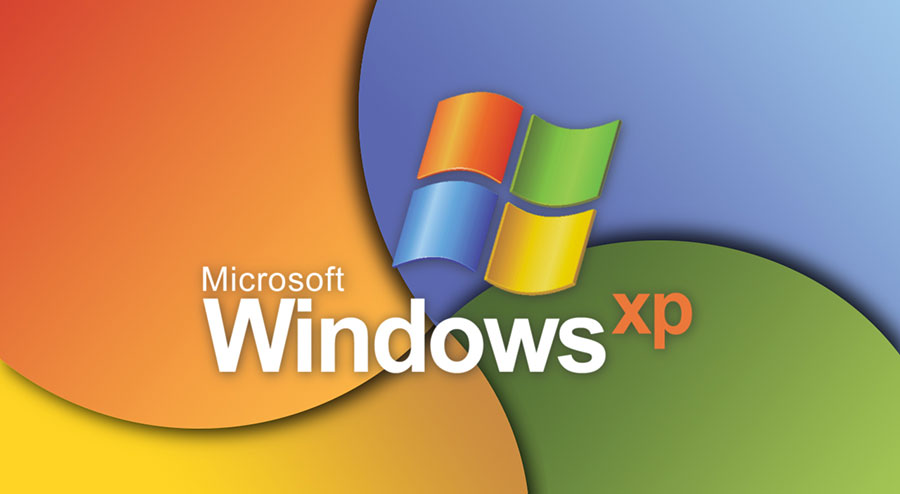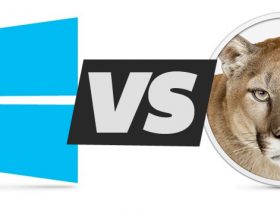As we are swiftly moving through the 2nd decade of 21st century, we could reflect back on where Windows has taken us in the past 20 years. Microsoft has released the Windows 8 and it decides to skip the Windows 9 naming and go straight to Windows 10. Despite the many features provided by these new Windows versions, we should also consider the unprecedented success of Windows XP, with its huge rate of adoption and immense popularity. Although the operating system is no longer able to carry the demanding load of today’s computing; many people are still insisting to use it.
Microsoft has stopped providing support for Windows XP not too long ago, but it doesn’t stop some of us to continue our thriving love affair with Windows XP. Part of the continuing success of Windows XP for some users is the way Microsoft tried to coax people to upgrade to Windows Vista. It is actually a Windows ME-like bomb and many users simply licked their wounds and reverted back to the good old Windows XP.
In terms of stability and usability, Windows 7 is much closer to the Windows XP. Another huge reason for users to stay using Windows XP is the huge costs. This should be understandable because Microsoft spend an inordinate amount of fund to establish its new Windows version as well as releasing multiple patches and updates; to keep their operating system free from glitches and vulnerabilities.

With the appearance of the newer Windows 8.1; it is no longer profitable for Microsoft to nurse along its outdated Windows XP version and this would only serve to eat away its bottom line. Modern PCs incorporate many newer memory systems and hardware; while servers demand better speed and stability. Windows XP has too great limitations by today’s standards and it is no longer viable for many purposes. In addition, the tablet revolution has already in full swing and Windows XP can no longer be modified to produce rich touchscreen experience that we come to expect in typical mobile devices.
But what if our business operations still depend heavily on Windows XP machines? Well, although there’s no need to panic, we should still take immediate actions. There are some obvious choices that we need to make such as, upgrade, replacement and virtualization. Upgrade is an obvious step if our current Windows XP machines may have enough horsepower to run the newer Windows 7 or Windows 8.1. If so, we should head to the nearest Microsoft Certified Partner and purchase the new operating system.
On the other hand, our machines may no longer up to snuff to the recent OS versions and we may need to purchase computers with new configurations. This should be a great opportunity for us to finally add the touch capability into our operations. There are a plethora of desktop monitor models that support touch operations with Windows 8.1. Desktop virtualization is also a good way to share a Windows 8.1 environment with multiple users.
























